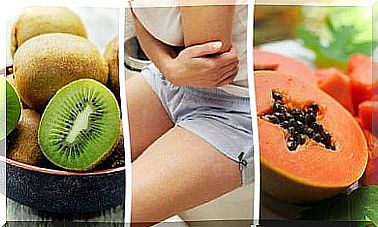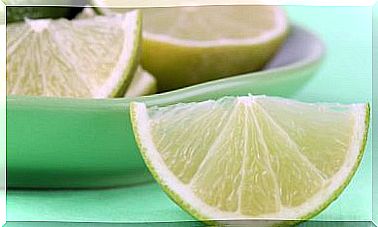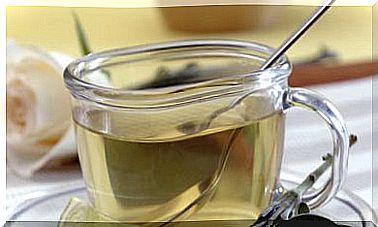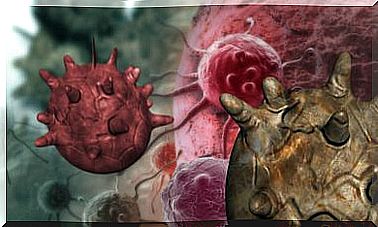Baby Bottle Cavities: Symptoms And Prevention
Bottle tooth decay is a cavity that appears on the baby teeth of nursing or bottle-fed children. It is a problem that can have serious consequences if it is not monitored.
Therefore, this time we want to detail what this problem consists of, how to recognize it and what measures to take to reduce risks.
What is baby bottle tooth decay?
Bottle tooth decay is a destructive process of the tooth. It occurs because the bacteria that are normally found in the mouth begin to grow more and more, using as food the sugars and other food debris that accumulate on the teeth.
This type of tooth decay is so called because it affects the baby’s first milk teeth, when he is nursing or feeding from a bottle. It can also affect children up to 4 or 5 years old.
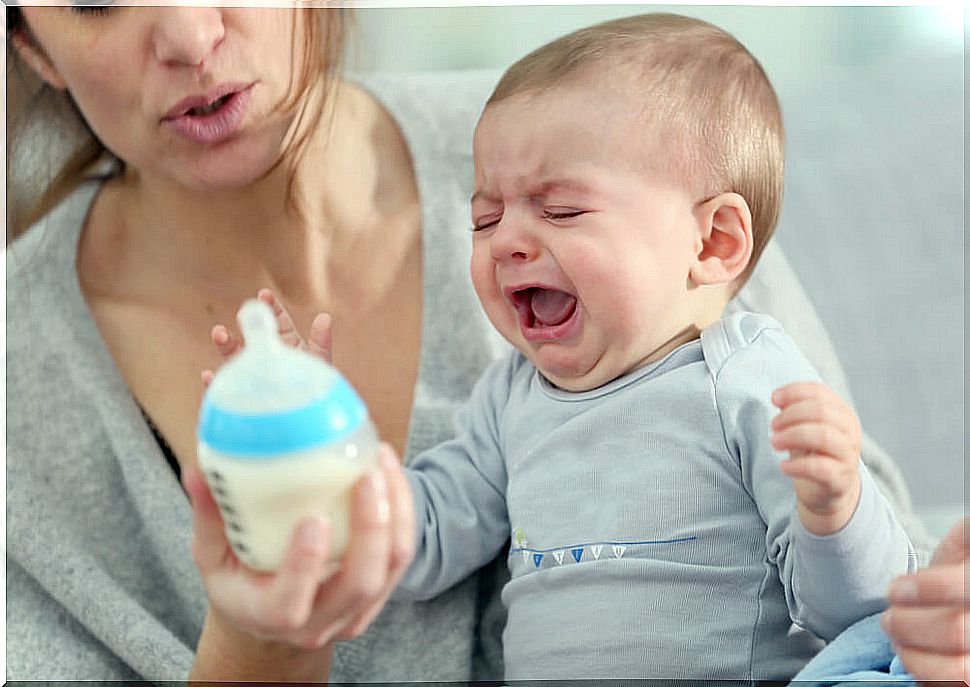
Why is it produced?
When a baby is continually exposed to sugar-rich liquids such as milk, fruit juices, smoothies or soft drinks, these sugars accumulate around the teeth and gums.
In general, a large number of bacteria are found naturally in our mouths. These bacteria, before an accumulation of sugars around the tooth, also settle on it and begin to feed on both the sugars and the enamel and the dental structure. This causes the tooth, little by little, to be destroyed.
Babies most at risk for this type of cavities are those who remain exposed to these sugary liquids the longest. For example, babies who fall asleep drinking a bottle, or those whose pacifier gets wet in one of these liquids and keeps it in their mouth for a long time.
In addition, the longer the time that the gums and teeth go without cleaning, the more likely it is that cavities will develop, since we give more time for the bacteria to act.
Symptoms and consequences of baby bottle tooth decay
It is very important to be attentive to the appearance of any symptom, no matter how small, since the delay in diagnosis and treatment will make the consequences more serious.
- The first symptom that appears are small white spots on the teeth. These spots will darken, turn yellow, and then brown or black. Apart from these spots, a bad smell may appear in the mouth or pain in the affected parts.
- When decay progresses, it can lead to tooth loss. Although they are milk teeth, the permanent dentition can be affected as well. This can lead to problems speaking or chewing, for example when all the teeth have come in.
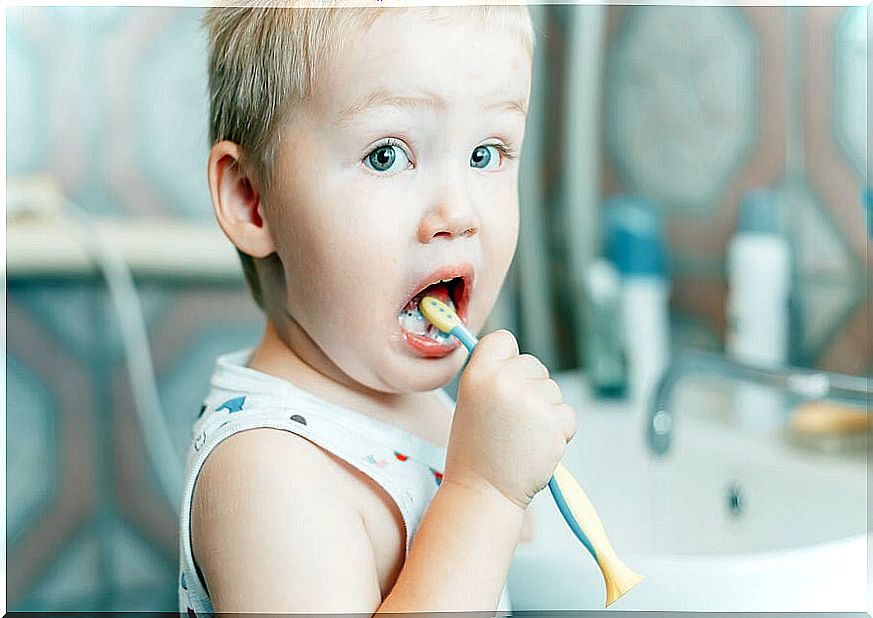
How is baby bottle tooth decay prevented?
The most important thing to prevent cavities is, of course, good hygiene of the baby’s mouth:
- As long as the baby has no teeth, massage the baby’s gums daily with a clean, damp cloth.
- As soon as baby teeth start to appear, it is advisable to start brushing them twice a day, with a soft toothbrush and the amount of toothpaste the size of a grain of rice.
- Avoid those things that we have mentioned that will increase the risk of cavities, such as the child falling asleep with the bottle, dipping the pacifier in liquids with sugar, and so on.
- Also maintain proper hygiene of the mouth of the bottle and pacifier.
- It is recommended that the baby begin his check-ups at the dentist when the teeth begin to emerge.
As always, good control of all these factors, and going quickly to the specialist as soon as symptoms appear, is essential to prevent the situation from becoming complicated.

